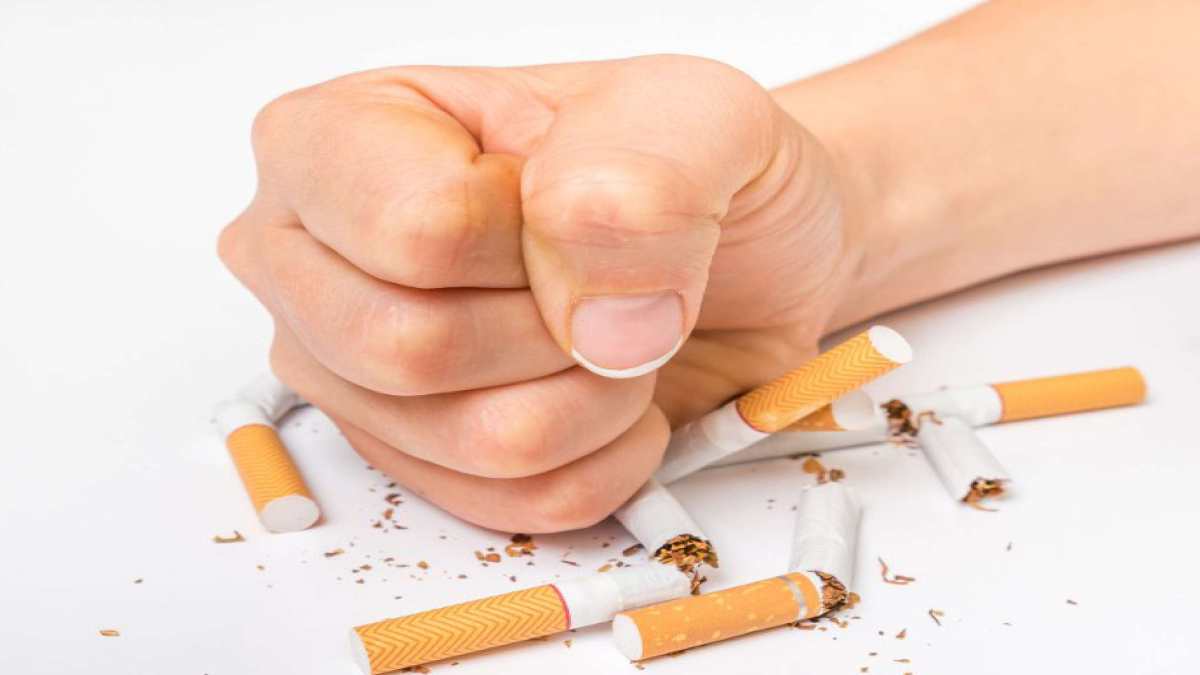


Consumption of tobacco primarily during adolescence can have enormous psychosocial and health effects. As per CDC nearly nine out of 10 adults who smoke cigarettes daily first try smoking by the age of 18 and 99% first try by the age of 26. Globally one in every 10 girls and one in every five boys aged 13 to 15 years use tobacco. Current trends of tobacco consumption would result in the death of 250 million children and young people over time, most of them in developing countries. As per GATS survey-2 (Global Adult tobacco Survey-2), the overall tobacco usage is 11.9% among young people in the age group of 15 to 24 and this is a matter of concern.
Factors leading to consumption of tobacco in youngsters
There are several factors associated with tobacco consumption among the young population, this includes social and physical environment like the presence of peer pressure, the way mass media show tobacco product use as a normal activity, and parents using tobacco products. Also, mental health factors like depression, anxiety, and stress have strong relation with tobacco smoking in youngsters. Other factors that influence tobacco use include lack of support or involvement from parents, lower socioeconomic status, doing poorly in school, low self-image or self-esteem.
Health effects related to smoking
Tobacco use can cause serious disease, disability, and harm to nearly every organ in the body. Every person who dies because of smoking is among every 30 people who suffer from a serious smoking-related illness. Every year, smoking kills more people than HIV, alcohol, road accidents, firearm-related incidents, and illegal drug use combined. Cigarette smoking is the leading cause of lung cancer, and if you have asthma, tobacco smoke can trigger or aggravate an asthma attack. Smokers are 12 to 13 times more likely than non-smokers to die from COPD. It increases the risk of coronary heart disease by two to four times, stroke by two to four times, men developing lung cancer by 25 times, and women developing lung cancer by 25.7 times.
Reducing youth tobacco product consumption: This should be a priority by raising the minimum age of use for tobacco products to 21 years, higher cost of tobacco products, prohibiting smoking in indoor areas of workplaces and public places, community programs that encourage tobacco-free places and lifestyles, and media messages aimed at kids and teens to counter tobacco product advertisement.
Preventive measures
Nicotine replacement therapy: Based on a doctor’s advice, one can get short-acting nicotine replacement therapies including nicotine gum, lozenges, nasal sprays, or inhalers that can help in overcoming intense cravings. Based on the type of cases, the doctors may also suggest some additional medication in the initial stages to suppress the urge.
Stay Busy: One can also keep themselves occupied with other daily activities to suppress the urge. Tobacco urges are likely to be strongest in the places where one used to smoke most often. Therefore, it is recommended to avoid these places for some time. One must also be watchful of all the possible triggers that can push an individual towards restarting this habit
Follow a healthy lifestyle: As lifestyle plays a very crucial role in overall health, one must add regular exercise as part of their daily lifestyle. It has been seen that stress and depression play a major role in triggering the continuation of tobacco consumption. Therefore, one must also manage their stress levels and get a proper amount of sleep to avoid triggering the urge to smoke. One must also avoid the consumption of alcohol as it makes it harder for an individual to stick to the no-smoking goals.
The writer is Consultant Pulmonology, Manipal Hospital, Gurugram.